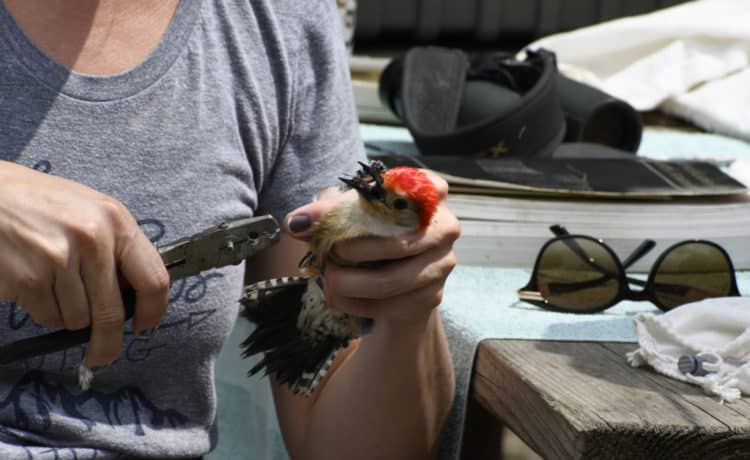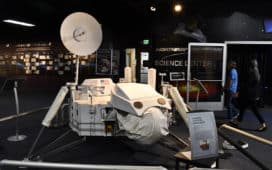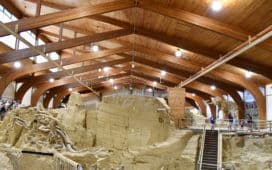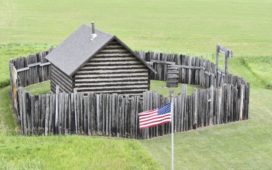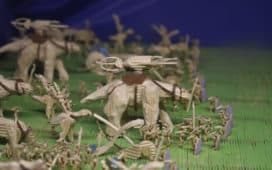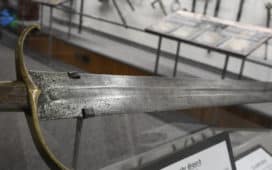Spring has finally arrived, and migratory birds have begun returning to their summer homes! In Minnesota, the first week of May is a great time to catch a glimpse of birds that want nothing to do with our yearly mini ice ages.
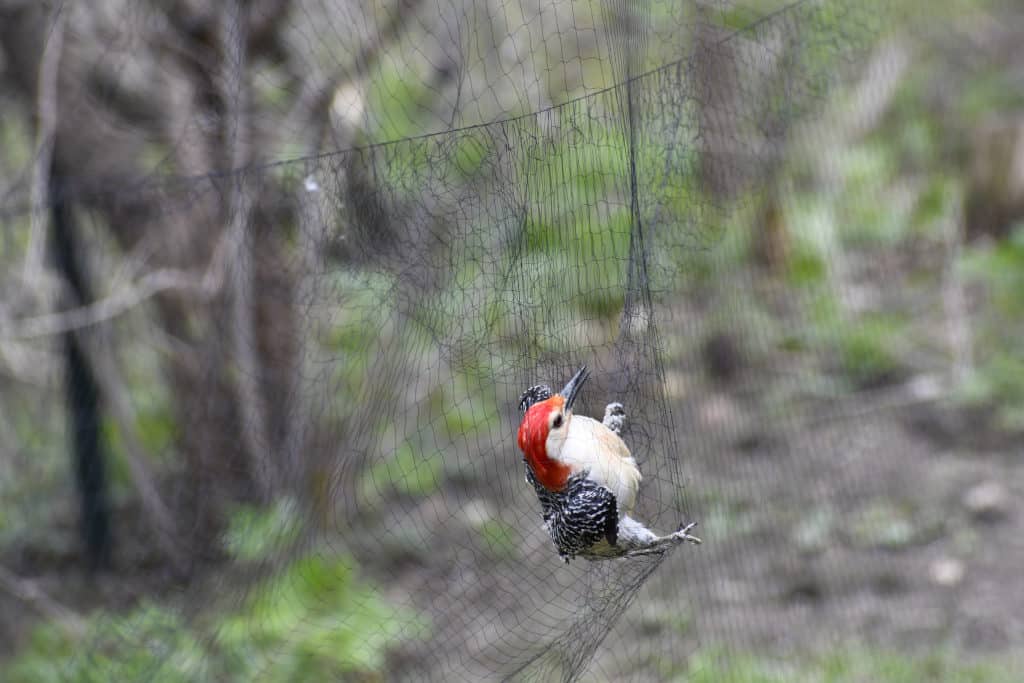
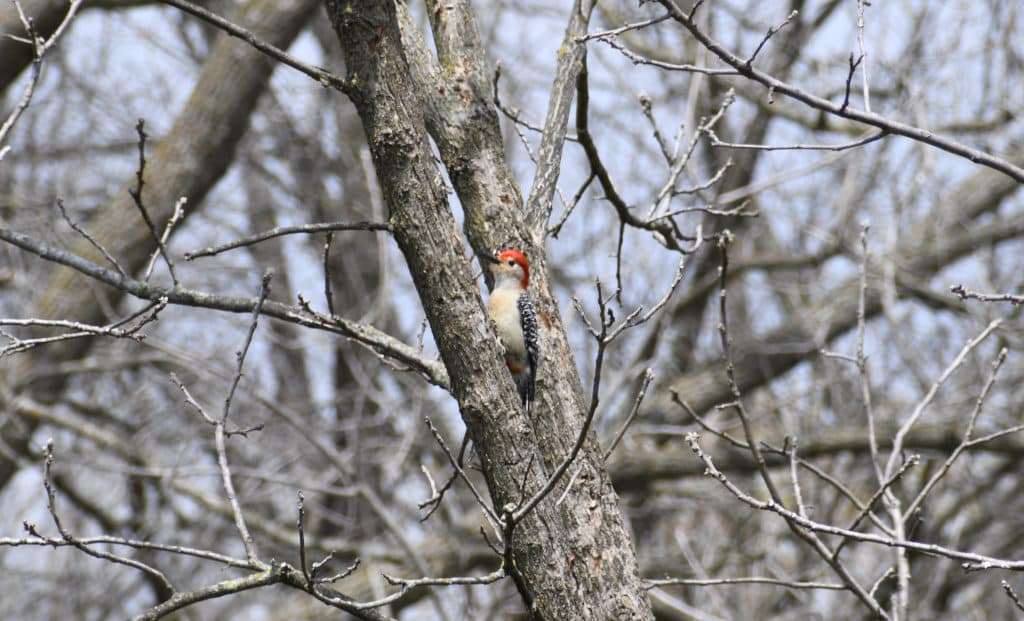
Is that a volleyball net?
While they look like volleyball nets, mist nets are used to capture flying animals like birds and bats. The mist net was about 8 feet tall and 40 feet long, capturing 16 birds during the demonstration.
As you can see on the video below, some birds fly gently into the net, while others like the Red-bellied Woodpecker crash into the net at full speed. The kids loved the excitement of seeing which species would arrive next.
Fun Fact: Research indicates that Mist nets are safe enough for continued use, resulting in a mortality rate of less than 0.25 percent.
Red-Bellied Woodpecker being caught in the net at 6:35.
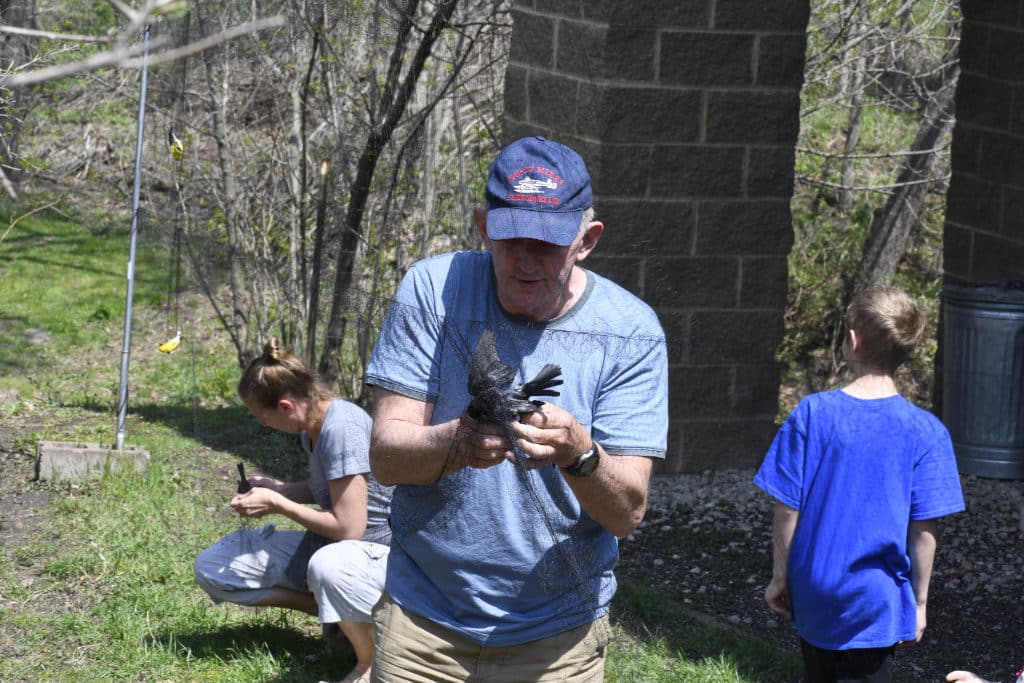
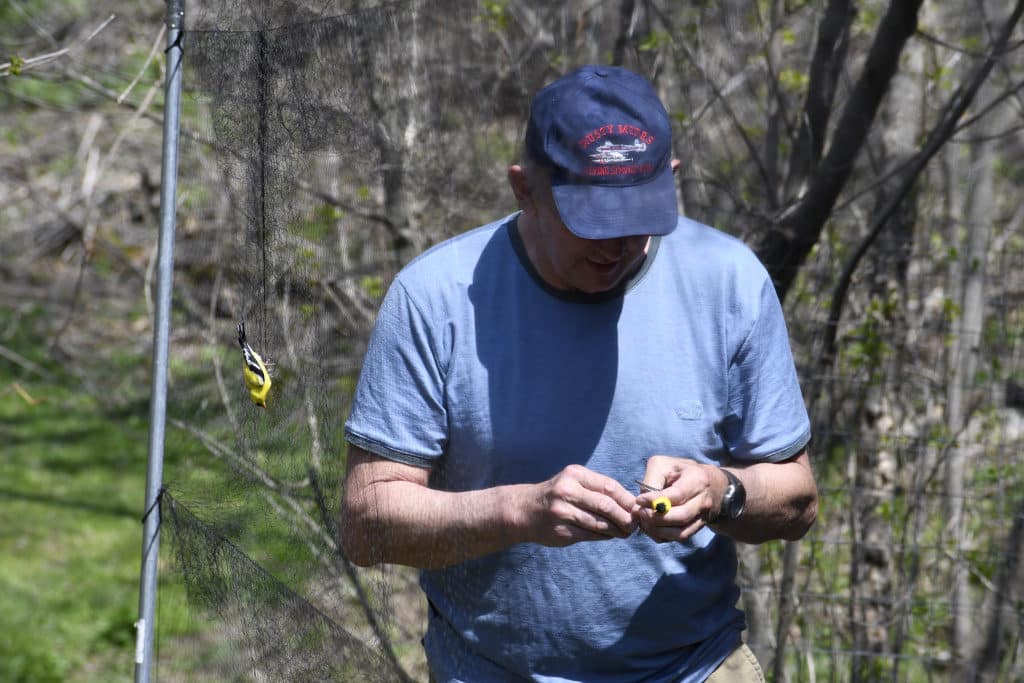
Entanglement and safe removal
Once a bird became entangled in the net, Mr. Munson or his daughter Erin, who was helping during the demonstration, quickly freed them from the net and placed into individual bags to be
Most of the smaller birds seemed content to wait to be freed, while the larger ones tended to be more vocal about being tangled. The American Goldfinch appeared to be the most laid back with the net, with very little thrashing around.
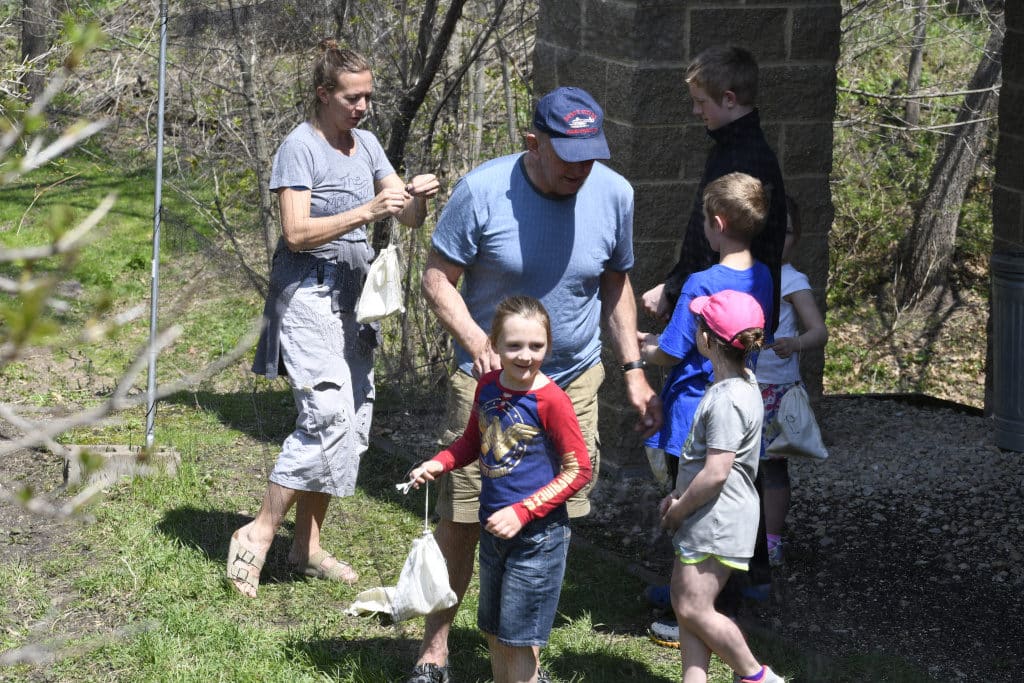
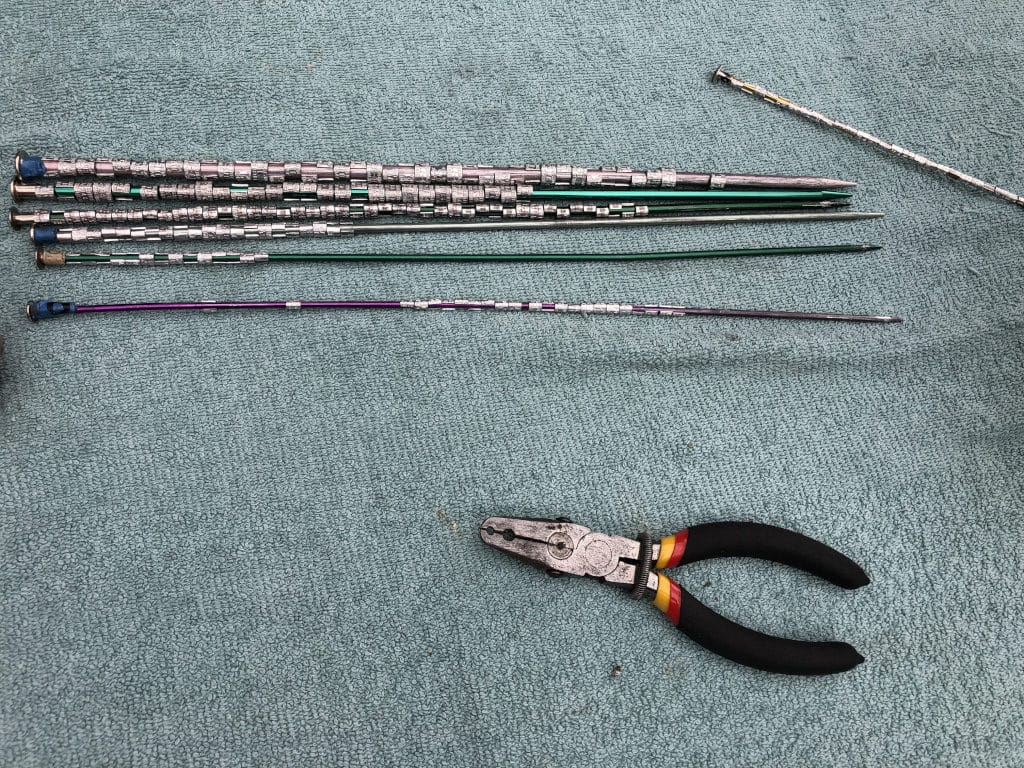
Scientists love their data!
All Bird Banding data in the United States gets reported to the Bird Banding Laboratory (BBL), which is part of the U.S. Geological Survey. The BBL provides roughly one million bands each year, with aluminum bands being the most common. Colored plastic bands occasionally are used along with the aluminum bands to make it easier to identify banded birds visually. They use these by creating unique combinations, such as purple over red on one leg and blue over the aluminum one on the other.
Surprisingly, bird banding requires very few tools, a Mist net, a selection of various sized bands, pliers, and a log book. As you can see in the image above, different sized crochet needles make the perfect way to store and organize bands.
Fun Fact: If you encounter a banded bird, you can report it to the Patuxent Wildlife Research Center Bird Banding Laboratory
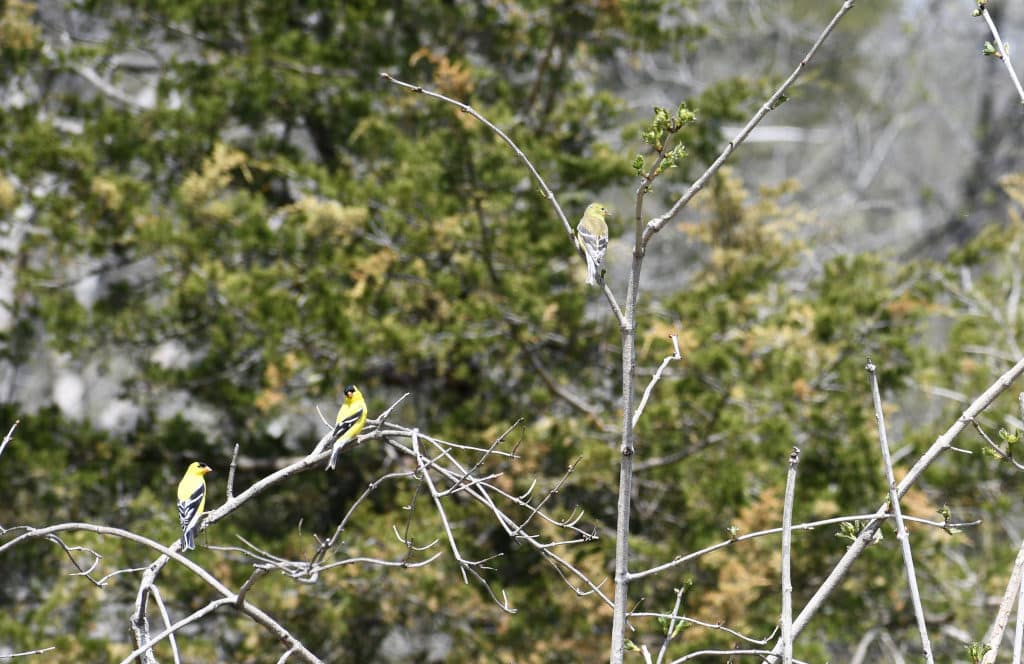
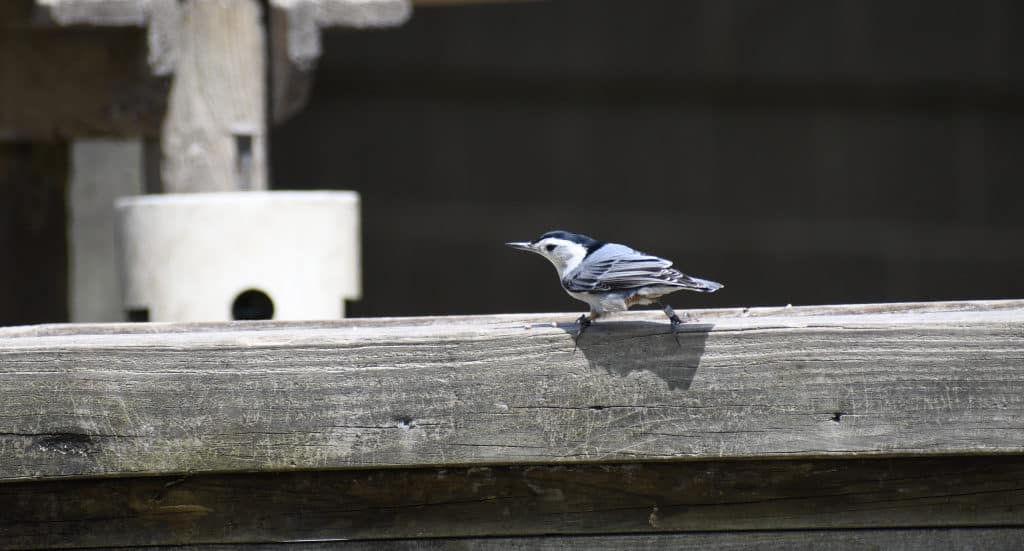
How do they identify the birds?
Each species has a unique Alpha Code; this code is always four letters long and the naming convention varies depending on how many words are in the name:
One-word species, like the Bobolink (BOBO) contain the first four letters of the name.
Two-word species, like the American Goldfinch (AMGO) contain the first two letters from the two words of the name.
Three-word species like the White-crowned Sparrow (WCSP) contain the first letters from the first two words, then two letters of the third.
Four-word species like the Mountain White-crowned Sparrow (MWCS) contain the first letters from each of the four words.
Fun Fact: There are currently 1292 Alpha Codes used to identify different species, including 2 for Hybrids.
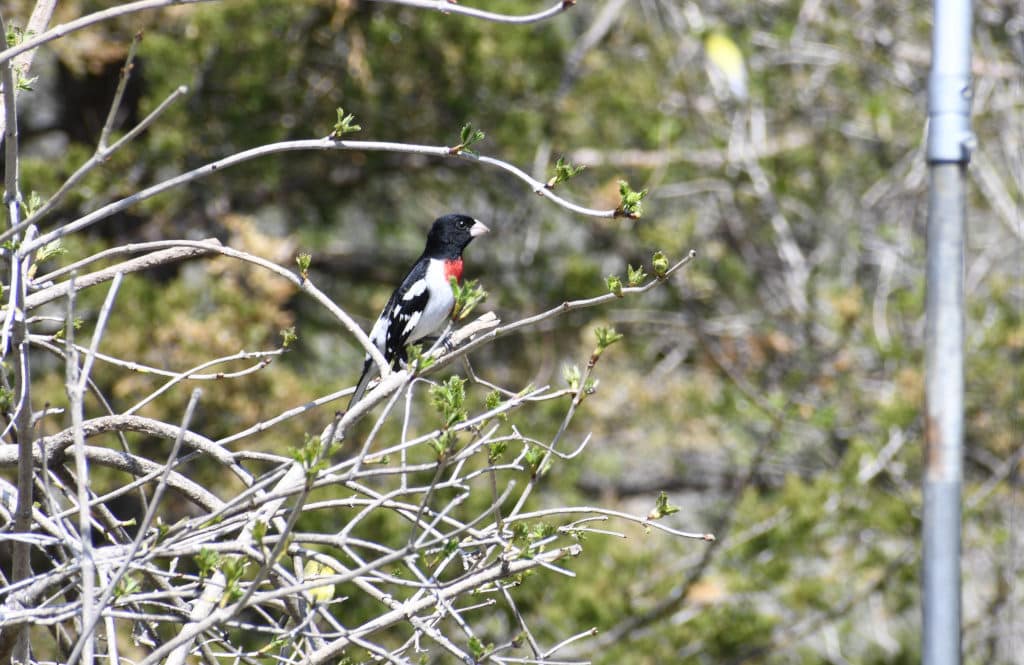
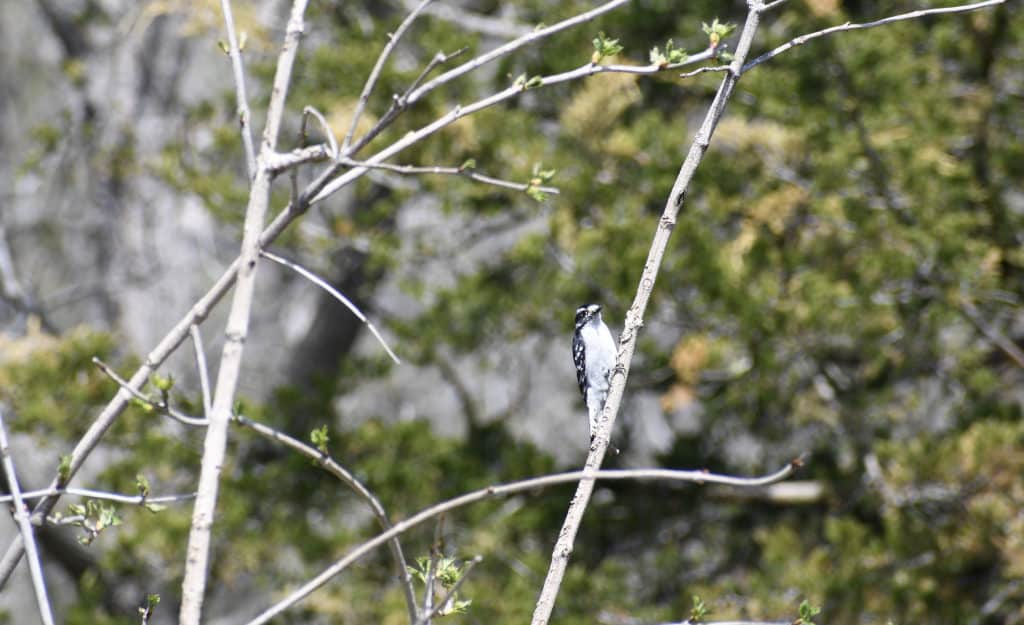
Some books we think may be helpful if you want to learn more about this subject.
Bird Banding with an Audobon Naturalist
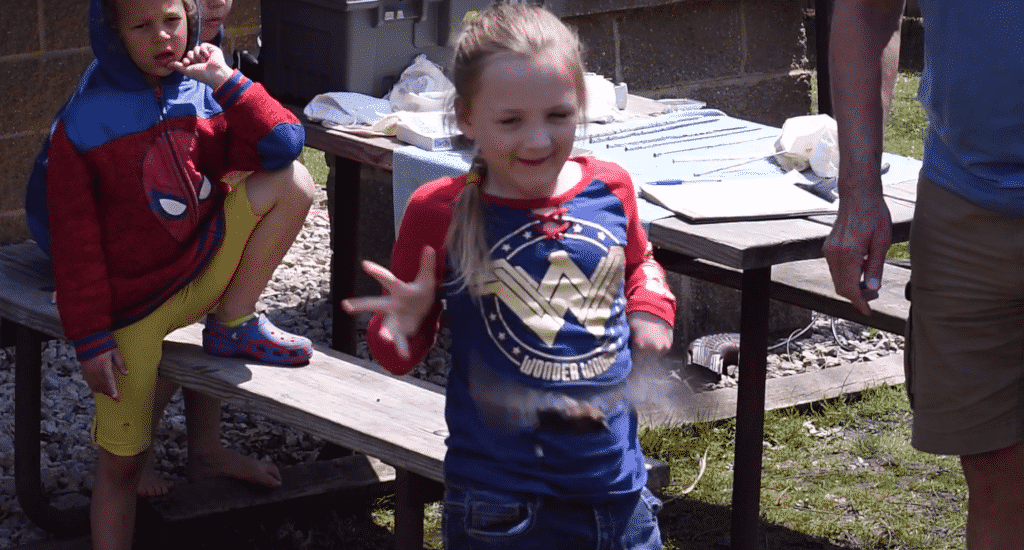
Ask the expert
Our team had the opportunity to ask Master Bird Bander, Greg Munson some questions about Bird Banding.
Could you tell us how you started banding birds?
“When I became the Teacher/Director of Rochester’s Quarry Hill Nature Center in 1986, the previous director had been incorporating Bird Banding into programs and agreed to mentor me on becoming a bird bander. I took to it very quickly and soon realized it was a great tool for getting kids, as well as adults, interested in learning more about the natural world. Getting a Master Banding License 35 years ago was relatively easy compared to doing so today. “
How is the information used after a bird is banded?
“The banding information which we record on a data sheet is later transferred to a computer program called Bandit which allows it to be electronically sent to the Federal Bird Banding Laboratory in Patuxent Maryland. There, the data, from approximately 1,000 banders who band approximately five million birds a year, is available to researchers who may use it in their work.”
What do you feel is something that people should know about bird banding?
“Bird banding can help researchers and environmental educators, like myself, further understand birds and apply that understanding to habitat protection for the birds, which is also habitat protection for humans, as we are all part of the same Ecosystem.”

